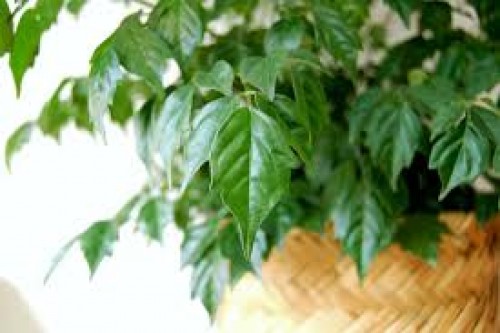60%
off
off
-
Sold
-

-

out
Red Machera (Radermachera sinica)
Features
- Foliage: Glossy, dark green, bipinnate leaves with a feathery appearance, contributing to its lush and vibrant look.
- Growth Habit: Compact, upright growth reaching up to 1.2 meters indoors, making it suitable for small spaces.
- Flowers: Produces fragrant, trumpet-shaped flowers that are red and yellow, blooming in clusters during summer months. However, flowering is rare indoors.
- Origin: Native to the subtropical mountainous regions of southern China and Taiwan.
- Common Names: Also known as China Doll, Serpent Tree, or Emerald Tree.
Uses
- Indoor Decor: Adds elegance to interiors with its lush foliage and compact size.
- Air Purification: Helps improve indoor air quality by filtering airborne toxins.
- Medicinal Uses: Traditionally used for sterilization, heat clearance, and aiding in issues caused by poisonous snake bites. Various parts of the plant have been utilized for different medicinal purposes.
Care Guide
Light
- Thrives in bright, indirect light. Can tolerate some direct sunlight, especially in the morning or late afternoon.
Watering
- Water when the top inch of soil feels dry. Avoid overwatering to prevent root rot.
Soil
- Prefers well-draining, fertile soil rich in organic matter. A mix containing peat, perlite, and compost works well.
Temperature & Humidity
- Optimal temperature range is between 16°C to 24°C (60°F to 75°F). Protect from drafts and sudden temperature changes.
- Enjoys moderate humidity levels but can adapt to average household humidity.
Fertilization
- Feed monthly during the growing season (spring and summer) with a balanced, water-soluble fertilizer diluted to half strength.
Pruning & Maintenance
- Prune to remove yellow or damaged leaves and to maintain desired shape. Regular pruning encourages bushier growth.
- Repot every 1-2 years or when the plant outgrows its container, preferably in late winter or early spring.
Common Issues
- Leaf Drop: May occur due to sudden changes in environment, overwatering, or insufficient light.
- Yellowing Leaves: Often a sign of overwatering or poor drainage.
- Pests: Susceptible to spider mites, mealybugs, and aphids; treat infestations promptly with appropriate measures.